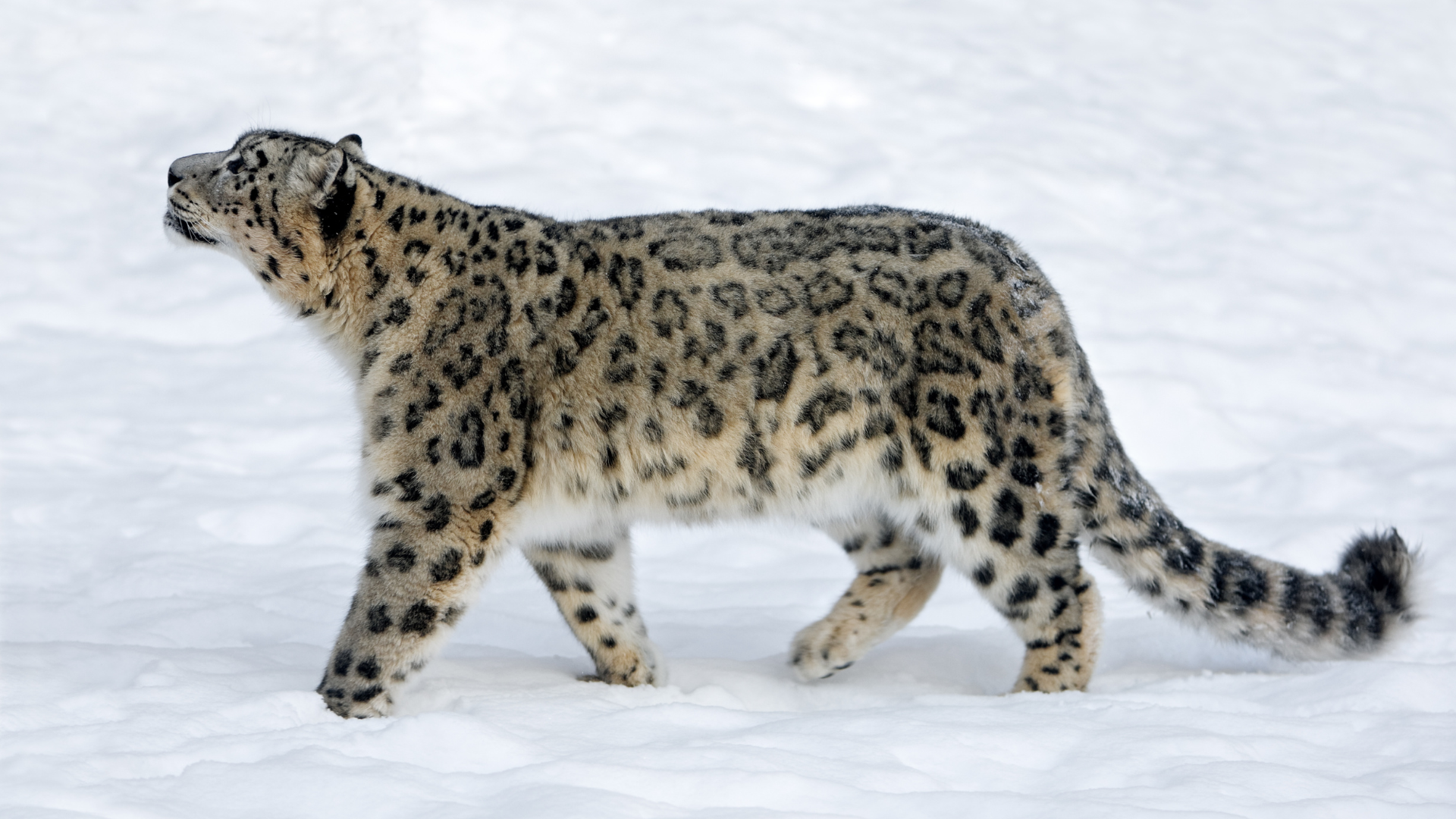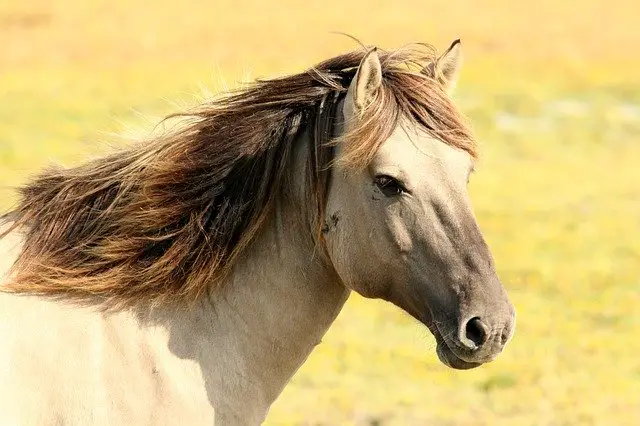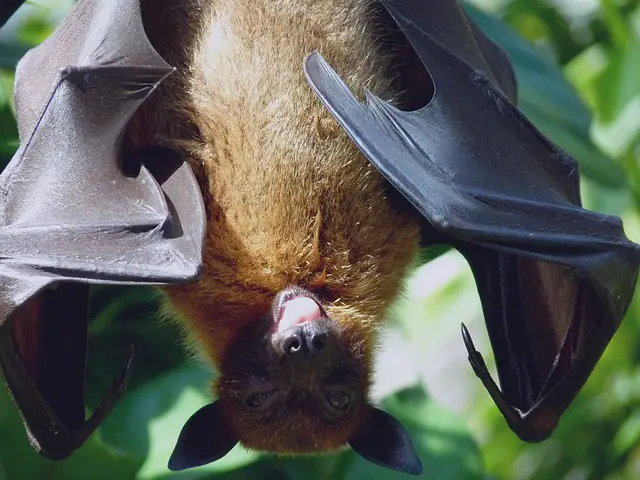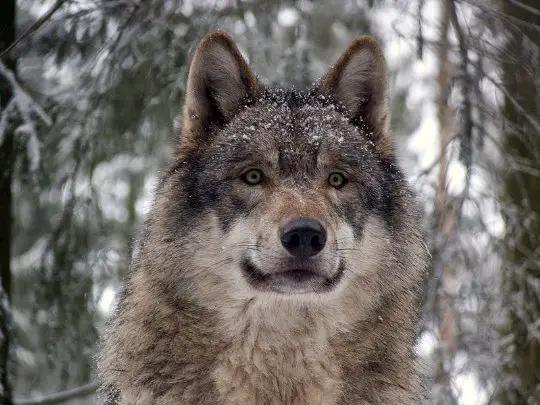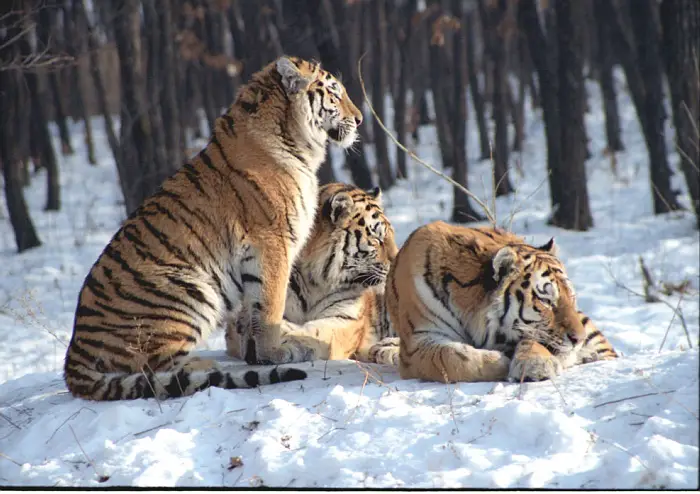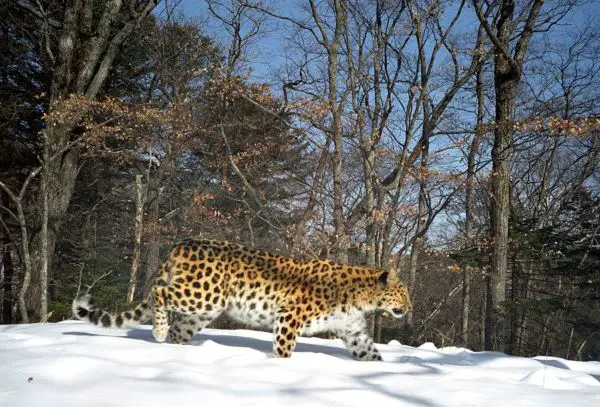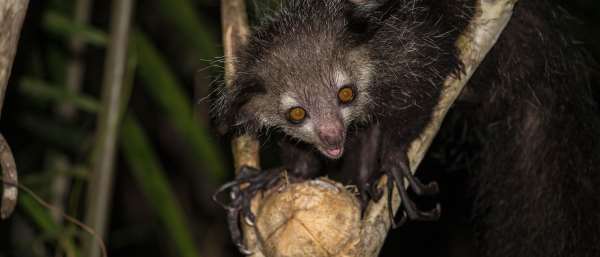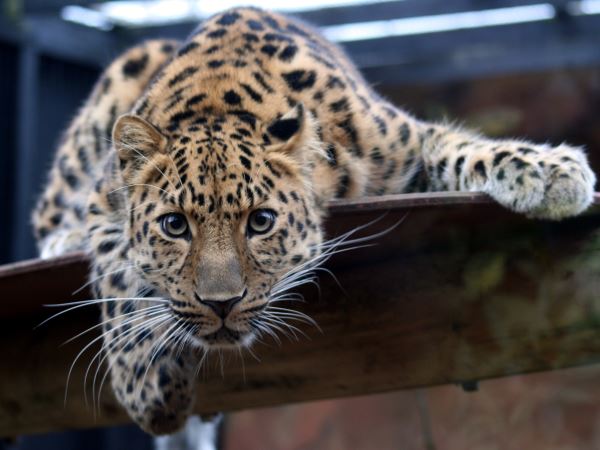Category: Eutheria (Placental mammals)
-
Snow Leopards in Ladakh: Guardians of the High Himalayas
The snow leopard (Panthera uncia) is one of the most elusive and majestic big cats in the world, inhabiting the rugged, high-altitude landscapes of Central and South Asia. In India, Ladakh serves as a crucial habitat for these magnificent creatures, making it one of the last strongholds for snow leopard conservation. These solitary, agile predators…
Written by
-
First Horse Starter Kit – Equipment That You Need to Ride
Horse riding is an interesting hobby for many people. Apart from visiting a horse farm to have a great experience, some people want to own their own horses. Buying a horse is rarely a challenge like preparing it for the first ride.When choosing the breed of your first horse, consider factors such as size, adaptation…
Written by
-
A Guide on the Bat’s Sleeping Habit
While the world is preparing for their well-deserved sleep, the bats are just starting their day. They will be spending their night hunting for insects and small animals. Once the sun is up, they will be retreating to their roosting site. The bats will be sleeping in different places upside-down. You may think that they…
Written by
-
How to Ensure Your Rabbit is Eating the Best Diet
You finally gave in and got the kids their first pet: a rabbit. Cute, furry, docile and that nose! Wriggly and oh, so pink! Rabbits make great first pets for kids because they are inexpensive and easy to care for. They don’t make much noise, require less veterinary care unlike dogs and cats, and they…
Written by
-
Dogs see the world with their noses
Did you know that a dog’s eyesight is pretty limited? Yes, humans have much better eyesight than dogs, because we can spot a higher number of colors, can make a difference between different brightness levels, and enjoy a better image clarity. But, dogs have an incredible nose that compensates for the bad eyesight. The nose…
Written by
-
Eurasian Wolf Facts | Most Powerful Wolf Species
The Eurasian wolf (Canis lupus lupus) is the powerful, most fiercesome wolf species ever walked on land. It is also called Kazakh wolf because its primary habitat occurs on the Steppes of Kazakhstan. The Kazakh wolf possesses remarkable strength for it can bring down prey nearly the size of its own. Wolves prey on grass-eating…
Written by
-
How a Tiger in the Jungle Can Influence Humans Living in Cities?
India is a beautiful home to diverse wildlife. Its rich heritage of forests, grasslands, ecosystems thrive together in harmony. If any of these systems are compromised, there will a conflict that will cause discord. One such species is our very Tiger from the cat family. According to a recent study, the number of tigers in…
Written by
-
Siberian Tiger Habitat | A Tiger in its Natural Habitat
The Siberian tiger (Panthera tigris altaica) is the largest of all cats. It lives in the Russian Far East. Unlike Bengal tigers, the Siberian tiger is adapted to living in extreme cold climates of Siberia. The historical range of a tiger was extended to Lake Baikal, Mongolia, north eastern China, and Korean Peninsula. However with…
Written by
-
Deer Mouse Facts
The deer mouse (Peromyscus maniculatus) is a small North American rodent. It is not found in the southeast United States. The white-footed mouse is a close cousin of deer mouse. It is also called field mouse and vesper mouse. There are three subspecies of deer mouse; prairie deer mouse, woodland deer mouse, and cloudland deer…
Written by
-
Sumatran Orangutan Facts | The only Asian Ape
The Sumatran orangutan (Pongo abelii) is an ape that lives on the island of Sumatra, Indonesia. It is a critically endangered species. Sumatran orangutans are disappearing from all its major habitats and today they are found in small isolated pockets around Lake Toba. Orangutans occupy habitats in the north of the Lake. They are hunted…
Written by
-
Amur Leopard Habitat – Where do Amur Leopards Live
Among the big cats, Leopards are the only ones that are found in a wide variety of habitat that ranges from snow capped mountains to the hot deserts. And among the Leopards, the Amur Leopard is found in a cool climate and has naturally adapted to survive in the extreme winter. As its name suggest,…
Written by
-
Javan Tiger Facts | Extinct Tiger Species
The Javan tiger (Panthera tigris sondaica) is an extinct tiger subspecies. The tiger died out in 1970s. Like Bali and Sumatran tiger, Javan tigers also lived on the islands of Indonesia. The last of the wild Javan tigers was seen in 1976 in the Meru Betiri National Park. In the National Museum of Natural History,…
Written by
-
Aye Aye Facts | Strange Primate of Madagascar
The aye aye (Daubentonia madagascariensis) is probably the strangest of all primates. The lemur lives in the forests of Madagascar which is not surprising as most lemurs are native to the island. The aye aye is the largest nocturnal animal in the world. It has long been the victim at the hands of local people.…
Written by
-
South China Tiger Facts | Smallest Tiger of Asia
The South China tiger (Panthera tigris amoyensis) is the Asia’s smallest tiger. It is also one of the rarest tigers in the wild. The International Union for the Conservation of Nature has listed it as critically endangered species. The tiger was thought to be extinct in the wild before 1996. Scientists believe that there might…
Written by
-
Leopard Facts for Kids – Classification, Appearance, Behavior, Habitat, Diet
Leopard is a medium sized cat with different colors ranging from pale yellow to creamy and chestnut. Leopard is among those members of the Cat Family(Felidae) that are capable to climb trees easily. Being carnivorous (meat-eating) land mammals, leopards are naturally built to hunt other animals and they have the habit of dragging their hunt up…
Written by

